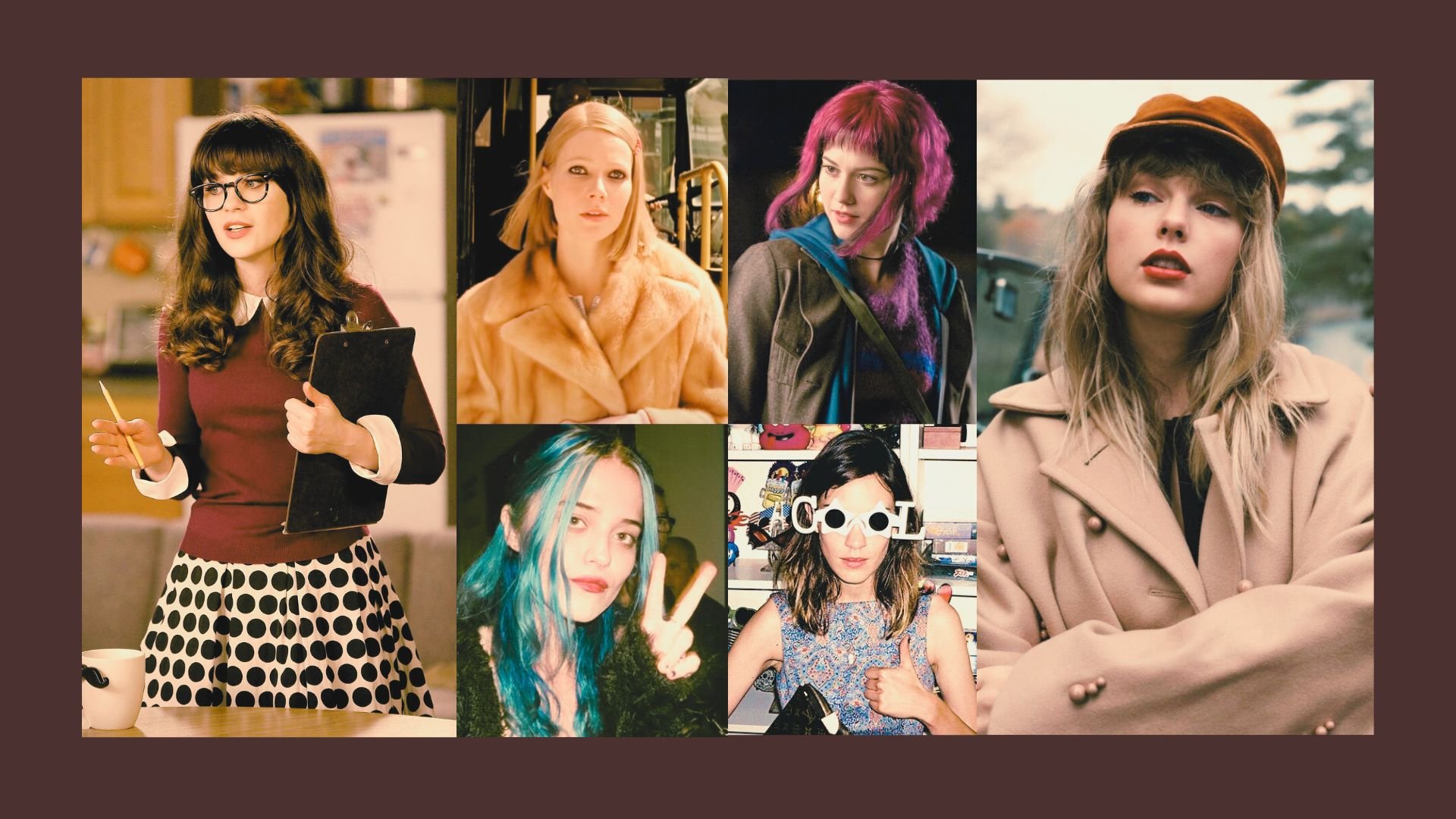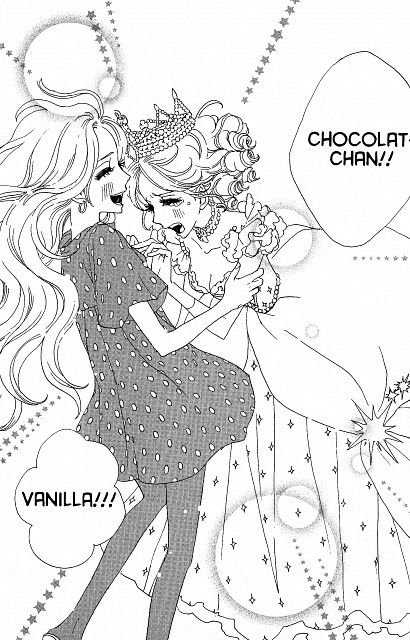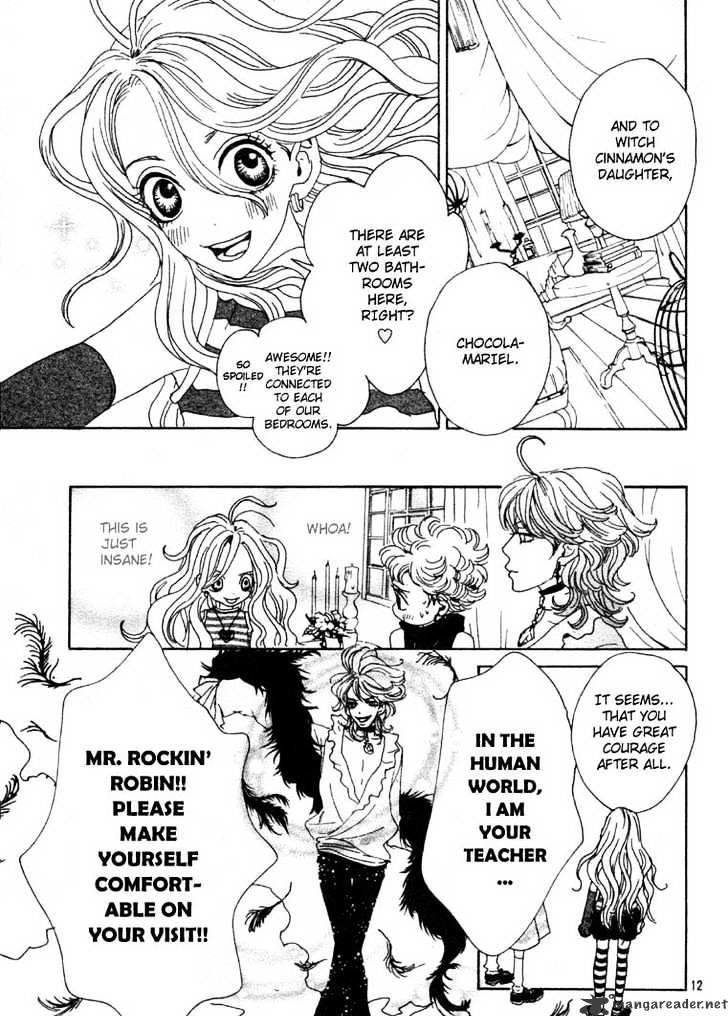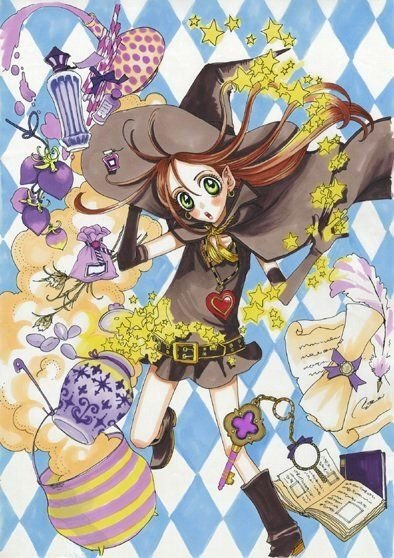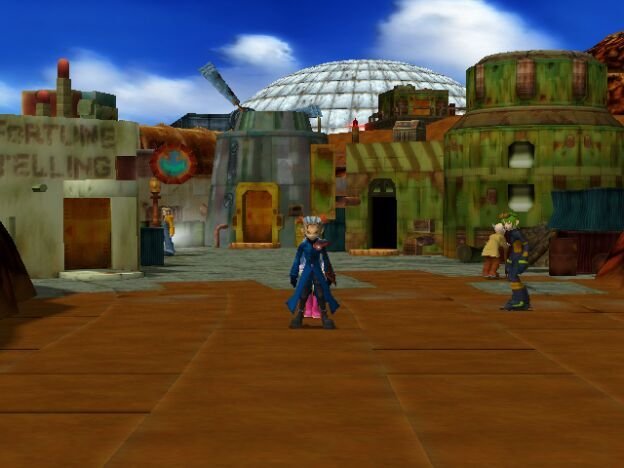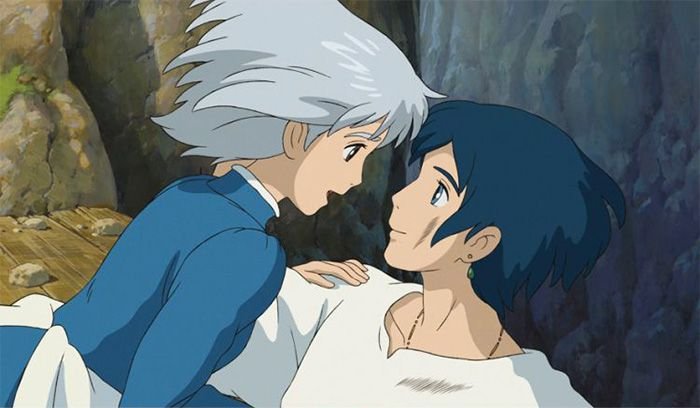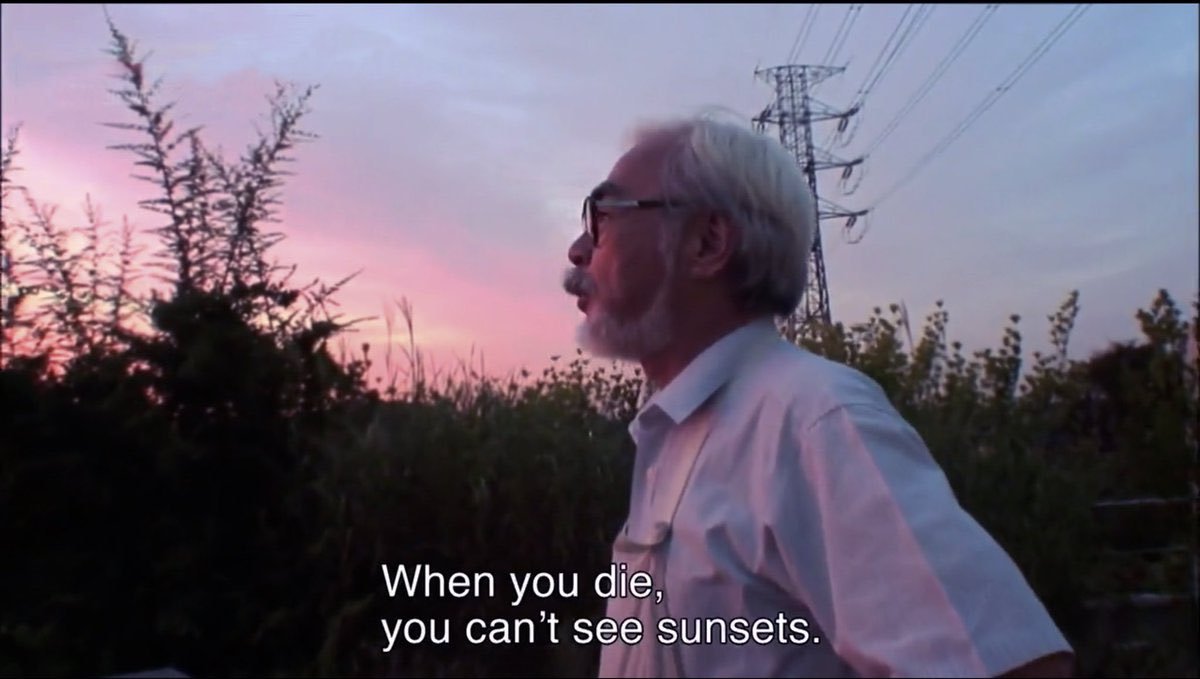How Stories Shaped My Life
By: Starla Blatcher
I grew up in the suburbs of Haddon Township, New Jersey. I lived across the street from my Pop Pop (grandfather), around the block from my Mum Mum (grandmother), and down the street from my aunt, uncle, and cousins. Needless to say, it was a small town with a population of around 14,000. I spent my childhood, teenage years, and some of my young adult life in this town. Something to note is that I didn’t have many friends I’d hang out with before I graduated high school. I mainly would draw, read, watch movies and TV, play video games, and spend time with my family. Stories strongly impacted my life at the time. I learned lessons, heightened my imagination, and grew a sense of what the world was like beyond the white picket fence of my yard.
Starting in 2010, I was twelve years old. I was heavily influenced by twee, a style my parents and their friends exhibited. If you don’t know what twee is, an article from Pitchfork explains it perfectly. It was Alexa Chung, Zooey Deschanel, Wes Anderson female leads, and the Taylor Swift “Red” era. This kind of girl felt so unattainable to me. After watching the movie God Help The Girl, I saw that the manic pixie dream girl was such a mystery that it didn’t apply to how I saw humanity. I wanted to be perceived that way as well. It wasn’t my story, but I liked the idea of taking control of people’s perceptions and making assumptions that weren’t true. Maybe I’d seem cooler!
Another influence I had was indie sleaze (not that I’d ever call it that when I was a teenager). My mom had just graduated from cosmetology school, which made it the perfect time to color my hair every wacky color in the book. Of course, this was my mom’s influence because I didn’t know anybody who colored her hair like she did. But in a pop culture lens, Sky Ferreira, Romona Flowers, and my beginnings of Instagram (seeing Tumblrcore styles) also affected this. This article on RUSSH defines Sky Ferreira’s fashion impact very well. I was never bold enough to use makeup in this kind of way, but both the indie sleaze and twee styles are something I hold onto after adulthood. It’s nostalgic for me, but I’ve also cultivated my style through this trend as a teenager.
So, what does fashion have to do with an essay about storytelling? I say all this because, with each fashion trend, a story would play into my head about what kind of person was shown due to their own taste. What were they trying to say? By the time I got to college, I had asked myself what kind of person I wanted to show people through my clothing and makeup. It’s funny. A twenty-year-old coworker of mine recently told me that the way I dressed made me look like someone who hadn’t smoked, done drugs, or drank alcohol but thought differently when she noticed I had a nose piercing. I have a certain way of dressing for work, even though I still want my style to be expressed, so I hadn’t thought about it as much as I do when I go out and do things. I now primarily dress for myself, combining all my fashion interests.
Now, I am twenty-five years old. Through the last three years, I have probably learned more about myself than at any other time in my life. The stories I was absorbing when I was younger prepared me for the life I started living after moving from coast to coast. If you know me, you know that I now live in Los Angeles, California. As a writer, it’s funny how certain stories from when I was younger pop back up in the thematics or world-building. I doubt this will be the case for everyone, but through this essay, I am looking to analyze each form of media that really influenced me and has carried on into my adult life. These stories pop into my brain when I least expect them. All these stories are different, and after some thought, I’ve noticed that the writer doesn’t talk down to you. As a young person, you can formulate your own perceptions of what’s being told. I think that’s one of the most important aspects of storytelling for children and teens.
Sugar Sugar Rune was the first manga I read when I was nine. I remember sneaking into my parent's bedroom and reading what they had on the bookshelves. I was specifically drawn to graphic novels at that age. The funny thing is that now, my mom never reads. It was something we just were discussing. She recently had COVID-19 and was thinking out loud about reading something out of boredom. My stepdad gave a belly laugh as a way of expressing his doubt. The thing was, she never ended up reading during that time. Being a stay-at-home mom for my sister and me for the first twelve years of my life, I witnessed her pick up a variety of hobbies at the time. Either way, she picked up Sugar Sugar Rune. Maybe the story was that she was planning on giving it to my sister and me. I can’t really remember. I can’t remember because it’s hard to remember when I wasn’t reading these books repeatedly.
For those who probably don’t know, Sugar Sugar Rune was about two witches sent to Earth to steal the hearts of boys. Whoever gained the most hearts was titled queen of their world. I was subconsciously pulled into the book because I hadn’t seen girls who had this much power over boys. I saw women with this power through sexuality or intelligence, but not girls my own age. These two girls were named Chocolate and Vanilla, and we’re best friends, each destined to go against the other. Seeing the trajectory of their development was something that excited me. Chocolat was a witch who spoke her mind and was loud, obnoxious, and stubborn. Vanilla was the opposite, soft-spoken and kind-hearted. The story of who was queen through their obstacles and the imaginative world-building stuck with me through all these years. My sister Iris and I would share opinions on these stories, picking apart the romantic subplots and the complicated nature of this sisterly bond between Chocolat and Vanilla.
In grad school, I would still find myself talking about Pokémon Colosseum and Pokémon XD to my fellow students and sometimes feel a bit nerdy doing so. These were two GameCube games I was completely obsessed with as a child and teenager. It was your classic Pokémon games but with a darker twist. The idea was that there were shadow Pokémon you had to snag from other trainers so you could open their hearts back up. These Pokémon were cruel, sometimes even attacking the trainer. In both games, you played different protagonists, none of whom were known to the Pokémon world before. Looking back, I wish more Pokémon games like this would appeal to mature audiences and thematics.
The aspect of the game that has really enticed me over the years was the world-building. One very particular part of this game I absolutely love is the location called The Under. Pyrite Town is a town known for distributing shadow Pokémon to trainers. This place is known for its crime, and as you navigate it, you know there’s more than what you see on the surface. Whether it’s a bookshelf that’s actually a secret passageway or an elevator reaching the depths of the antagonist’s secrets, it was exciting and felt a bit dangerous. When you can access The Under, you can see an underground city where the video game villains, Cipher, are located. A group of kids are rebelling against Cipher, helping you get what you need to defeat these Shadow Pokémon leaders. As well as the look of both of these locations, I love the morality of the thematics. In Pokémon Colosseum, your protagonist is an anti-hero. You steal Pokémon from other trainers, and although you’re helping the overall cause, it can be seen as something that is unacceptable in the normal Pokémon games. The villains of this game used the Snag Machine to steal Pokémon from their trainers in the first place. What makes you any better? The protagonist also blew up a factory made by Cipher at the beginning of the game, initially making you question your character’s motive. In grad school, where I spent much of the second semester of my first year world-building for science fiction stories, these worlds and thematics were something I constantly revisited. There’s so much more to say about these games, but I suggest you play them if you haven’t yet.
For a quick change of tone, I will talk about one of my biggest television influences of all time—The OC. My dad’s ex-girlfriend introduced me to the teen show set in Newport Beach, California, about bad boy Ryan Atwood, who was adopted into the wealthy Cohen family. Watching these off the DVD sets she had given me, I immediately became obsessed, particularly with Seth Cohen. Seth Cohen, played by Adam Brody, was a lovable, sarcastic geek who was a bit self-centered but whose humor won the hearts of many. His love for Death Cab For Cutie, The Killers, The Shins, and more resurged my love of 2000’s indie music after my exploration into pop music. This show has some insane moments, whether the “Whatcha Say” scene, Marissa’s hysterics, and adding murder into a teen show. But it also had really great moments. The show knew what it was doing regarding Ryan’s inclusion into the Cohen family. The growth of each of the core four was something I have enjoyed watching since I was sixteen years old.
This show's charm is why I continue to go back to it. The character dynamics are so strong. No other teen show at the time was really doing it well. The core four were likable, even when they’d do something self-destructive. Putting aside my big crush on Seth Cohen, it’s a show with such a strong identity, specifically in its thematics of class and location. I believe it strongly impacted how quickly I was able to feel comfortable in Orange County when I moved from the East Coast, solely based on the feeling I got while watching it.
The last aspect of storytelling I want to talk about is Studio Ghibli. I could talk about Studio Ghibli movies all day if I wanted. I first watched Spirited Away with my parents and Iris when I was younger. After that, I watched all of them independently or with my family, except for one. When I was younger, my dad’s close friends had a recording studio. They’re all super into music, and there was a period of time when they were doing screenings. One of the screenings was Princess Mononoke. I believe I was eight or nine years old when I saw the movie with my sister and dad. It’s a Studio Ghibli movie that’s more violent than the rest. I was always fascinated by a certain kind of darkness when I was a kid, so although the violence and the blood made me a bit nervous after watching it, I wanted to see it again and again. The thing about Princess Mononoke was that it showed empathy in all the perspectives of the characters, even the antagonists. There was a beauty to the thematics that shined through in the art. The conflict hits you so hard because it says something about war that is so devasting. It was hard to understand fully as a child, but it allowed me to understand more than one perspective, which I think is one of the most important skills to have when you’re living in your own bubble. When I went to college and explored Philadelphia, I could understand perspectives more easily and become more open-minded about what else the world had to offer. I heavily believe it’s because of Hayao Miyazaki.
I wanted to be an artist and make graphic novels for the first ten years of my life. I’d draw a lot of Studio Ghibli, wanting to be a storyteller and artist like Hayao Miyazaki. Even after deciding I wanted to pursue filmmaking, the way these movies gave me warmth and made me feel like a kid again persuaded me of the genius Hayao Miyazaki is. Even with the comfort of his movies, he can write using strong thematics that subconsciously affected me as a child. It was the capitalist exploration in Spirited Away, the insecurity of appearance transitioning into relationships in Howl’s Moving Castle, or the identity crisis in a state of independence like in Kiki’s Delivery Service. Hayao Miyazaki is probably the person other than my immediate family who has taught me the most about life, which might sound crazy, but I believe it to be true.
When I began grad school, I was focused on writing coming-of-age stories. They had lackluster plots where I was unsure what to say. I was slightly afraid to lean into my imagination in writing, not wanting my stories to seem childish. Returning to the works of Hayao Miyazaki and the other stories I talked about allowed me to blend realism and fiction, making my work feel like my own. I believe that if it weren’t for the powerful stories I grew up with, I’d be a completely different person. I believe that’s the strength of storytelling. Lastly, here’s a quote from Hayao Miyazaki:
“I do believe in the power of story. I believe that stories have an important role to play in the formation of human beings, that they can stimulate, amaze and inspire their listeners.”




